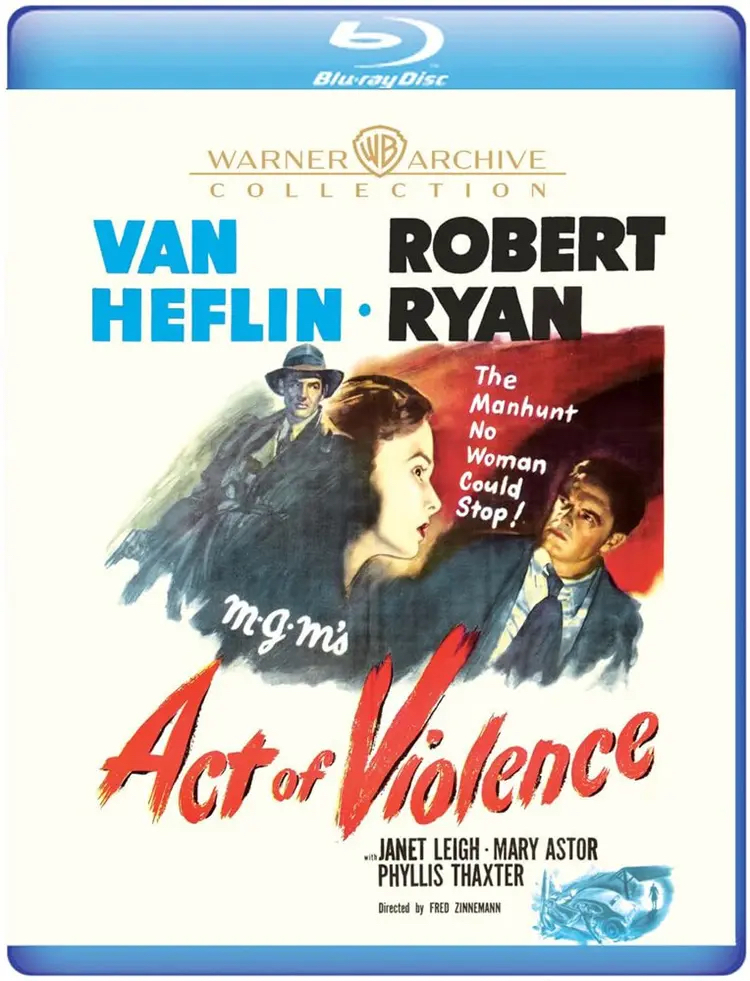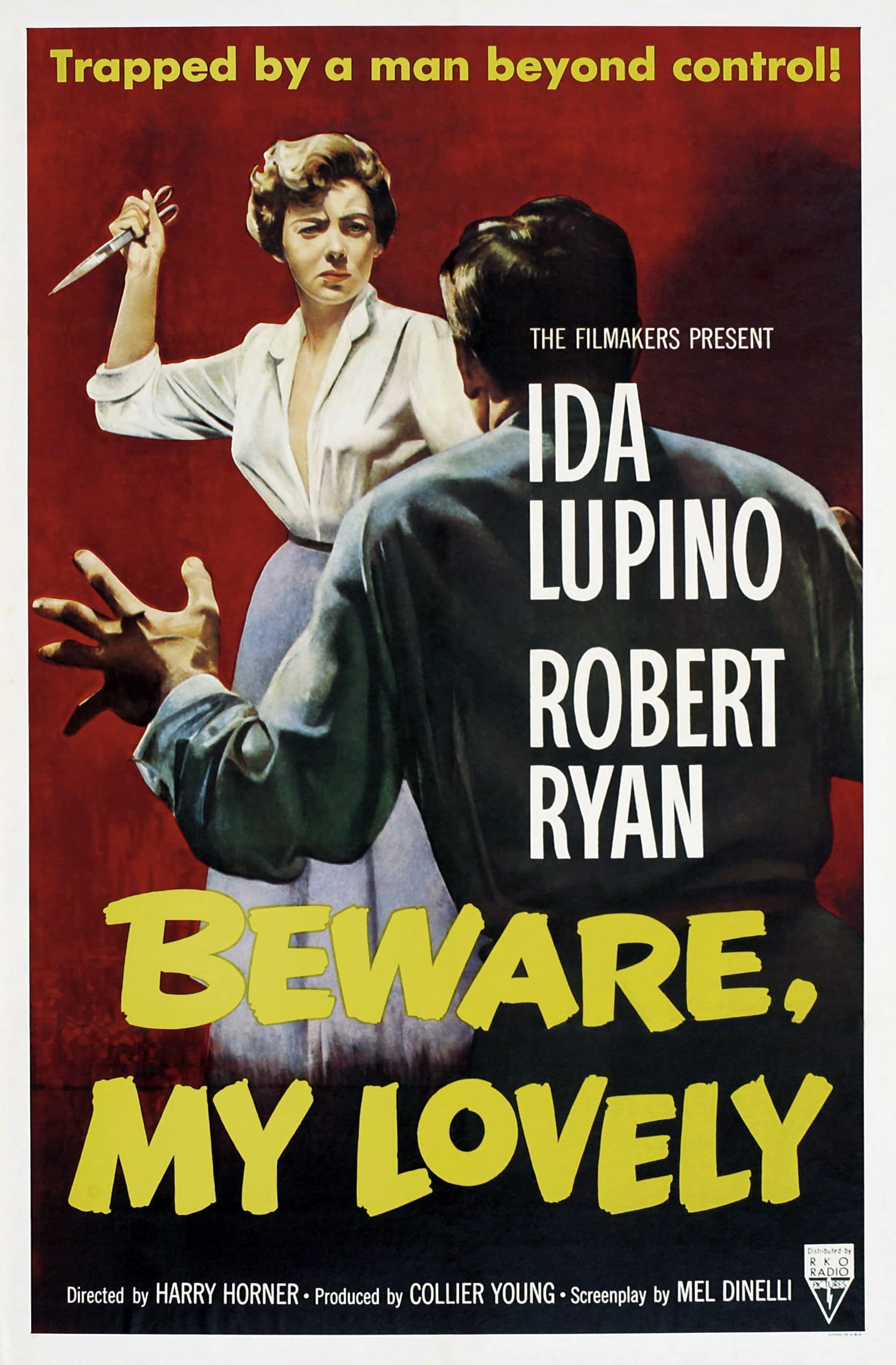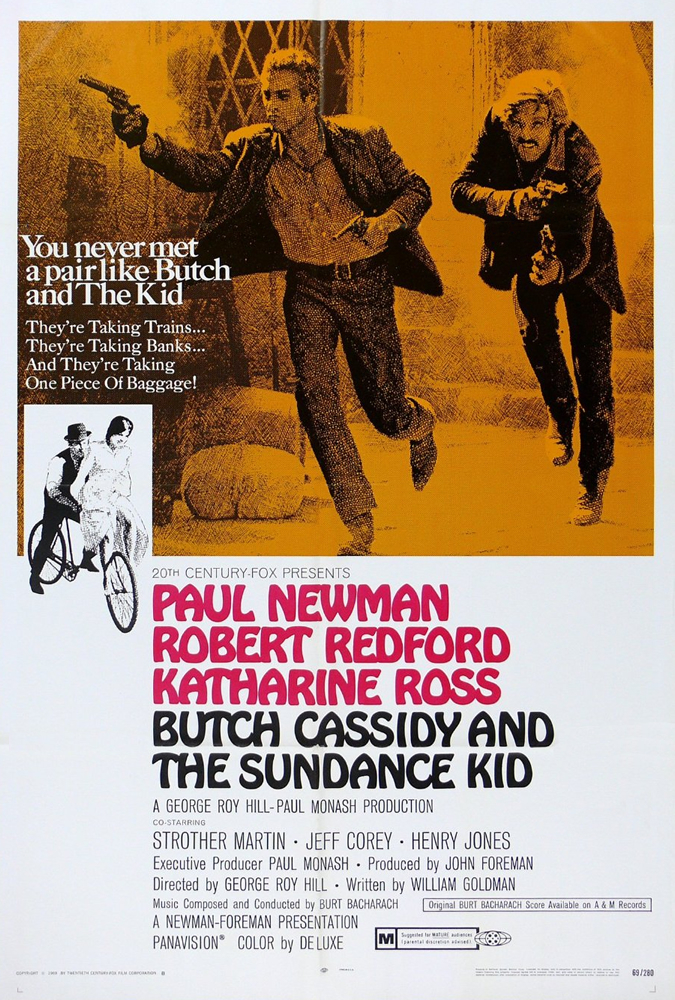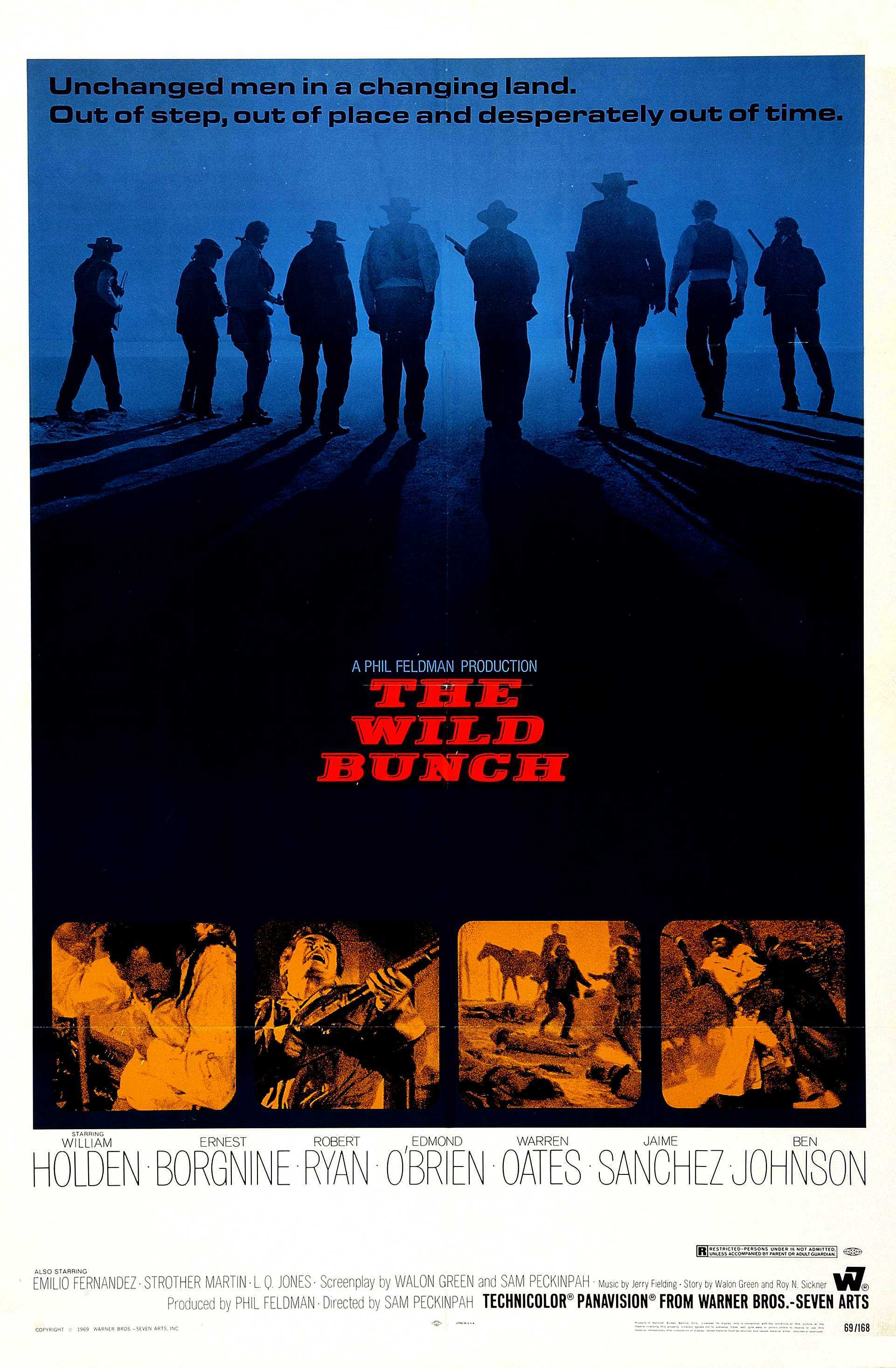
Well, it is the 10th of June, and this is my first post for this month’s theme. It is only the third war movie I’ve watched this month (and technically I watched this one at the end of May). Hopefully, I’ll get a few more in before the month is out.
I love me some John Wayne. The dude had some questionable politics and his views on race relations (amongst other things) were pretty horrid, but damn if he wasn’t a great movie star. He had a screen presence like few others. I’ve mostly seen him in westerns, but he made lots of other movies, including a good number of war films.
I’ve always heard his World War II films were not very good, and if Flying Leathernecks is any indication, I heard right.
Directed by the great Nicholas Ray, Flying Leathernecks finds Wayne playing Major Dan Kirby, who, as the film begins, is assigned command of a group of Marine Aviators on the island of Guadalcanal. This is a surprise to everyone, as Captain Carl “Grif” Griffin (Robert Ryan) was the presumed next in command.
The two have very different leadership styles. Kirby is gruff and tough; he takes no stuff from anyone and demands a lot from his men. Grif is friendlier, kinder. He has a genuine concern for the welfare of his men and is willing to let a little discipline slide to boost morale.
The film is clearly on Kirby’s side. He’s more than willing to sacrifice his men for the greater good. The whole middle section of the film finds him pushing his men to the brink. They go on mission after mission, well after they are completely exhausted. Grif argues they need a break, that maybe some of the reserves can take on some missions. But Kirby is unrelenting.
Seen through my modern (and very much non-military eyes,) I found myself agreeing with Grif. Yes, war is hell, and sacrifices must be made. A commander does have to make tough choices. But also, burned-out soldiers don’t make good fighters. Drive them to the breaking point, and sooner or later, they are going to break.
But that isn’t this movie, and by the end, he learns to be more like Kirby.
Honestly, that argument would be more interesting if this were a good movie, but it isn’t. Wayne and Ryan do their best, but the script lets them down at just about every moment. The actual battle scenes don’t help much. There are a lot of shots with our pilots sitting in model aircraft with fake-looking backgrounds spliced into actual war footage that doesn’t really match.
The whole thing is rather dull, and the fact that I could never buy into the argument it was making just made it worse.







